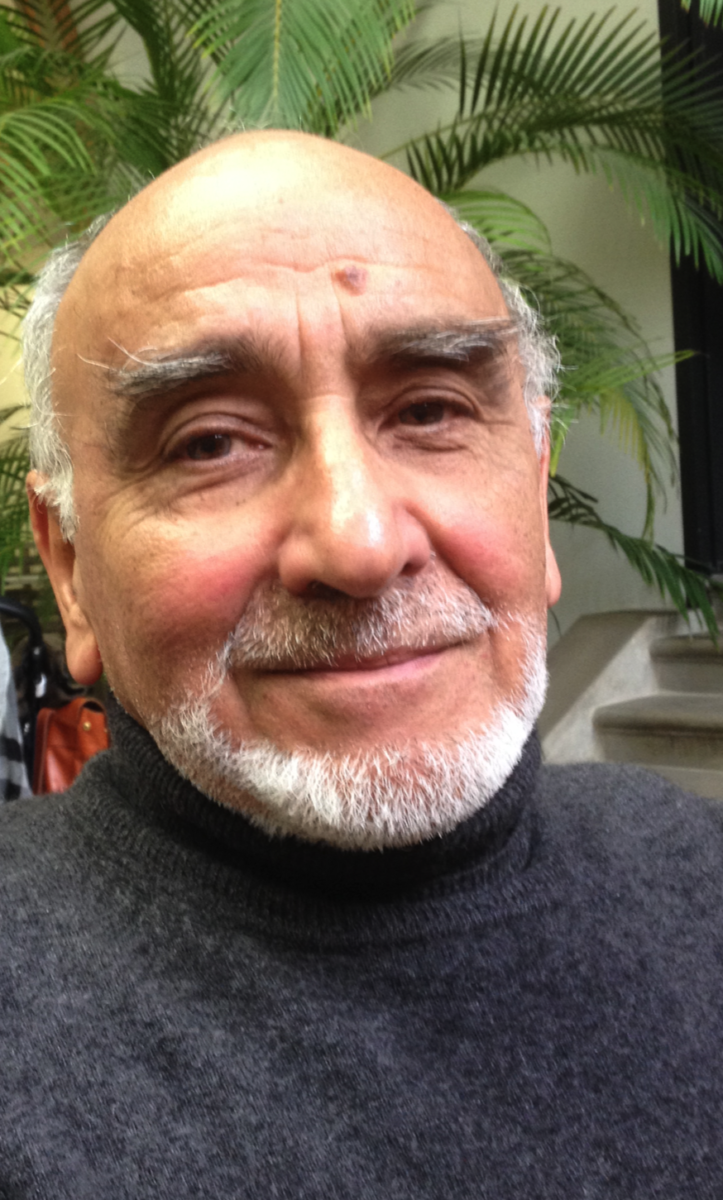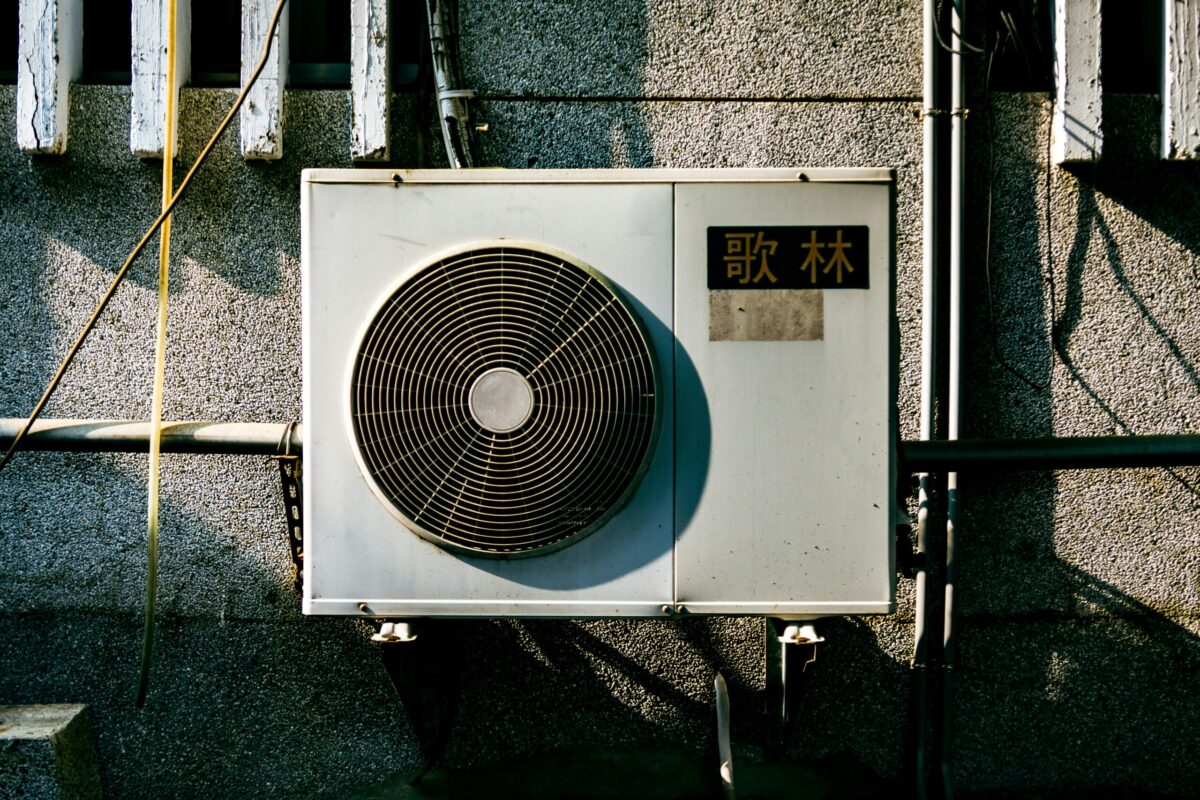Prof. Shah, in “Solar Cells and Modules,” recently published by Springer, you devote an entire chapter to the pros and cons of heterojunction (HJT) solar. Do you think the advantages of HJT cells now outweigh the challenges still facing this technology?
Arvind Shah: Yes, they have more than offset the challenges. The main problem with HJT technology is that if you already have a traditional plant running on PERC modules, then changing that plant into an HJT plant does not make economic sense. But if you start from scratch, then it can be advantageous to build an HJT plant, because electricity produced by PV installations equipped with HJT panels will be cheaper. Additionally, HJT module fabrication plants will become even cheaper, as more and more plants with HJT technology are built.
Sylvère Leu: They will be particularly cheaper in terms of investment, surface, and energy consumption.
There are concerns about degradation mechanisms that could affect the long-term performance of such cells in the field. In particular, HJT cells are susceptible to light-induced degradation (LID) and light and elevated temperature-induced degradation (LETID). Do you believe these concerns are still justified?
Shah: I disagree at least in part. While not completely LID-free, as for example n-type PERC cells, HJT cells and modules are in my experience less susceptible to these degradation mechanisms than traditional p-type PERC cells and modules. To go into the details, LID is mainly linked to the presence of boron-oxygen complexes; these are not present in n-type HJT cells. LETID is reported to have been caused inter alia by a rapid cooling step during the production process. As low-temperature processes are employed to produce HJT cells, such rapid cooling steps are not used in the fabrication of these cells. However, to date, not enough is known about the degradation mechanisms in HJT cells and modules.
Leu: Note that to increase quality and longevity, HJT cells are encapsulated in thermoplastic polyolefin (TPO), rather than ethyl vinyl acetate (EVA), and often laminated in double glass. Therefore, the HJT modules are also suitable for use in very humid and hot climates.
Which manufacturing processes still need to be improved to further reduce costs and facilitate the rapid development of HJT panels?
Shah: In my personal view, there are no major, further improvements possible for the goals you have stated. A minor improvement one could think of is to make HJT cells with “quasi-mono” silicon. This has been done and the results are encouraging. Back-contact HJT cells constitute another topic.
Do you believe the use of thinner n-type wafers could offer significant advantages in terms of cost and performance?
Shah: Yes, absolutely.
Leu: In terms of cost, the production of n-type material is as expensive as that of p-type material. Thinner cells have significant cost advantages because they use less silicon. Traditional PERC cells cannot be fabricated with thin wafers, because high process temperatures are used here, and thereby warping of the wafers occurs. HJT cells are produced at low process temperatures – hence, thin wafers can now be used. Given very efficient light trapping, such as used in all modern solar cells, a thinner cell also leads to a slight increase in cell efficiency. In this respect, thin n-type material is the optimal choice for HJT cells.
Several gigawatt-sized HJT module factories are now being built in China and Europe, including one by Meyer Burger, and small plants and pilot manufacturing facilities have been in operation for years. Does this mean the technology has now reached full maturity? Was gigawatt-scale production the last step in bringing this technology to a crystalline silicon-like dimension?
Shah: The HJT solar cell structure was first developed in 1983 and commercialized by Sanyo/Panasonic of Japan. By 2010, these solar cells had attained full technical maturity. At that time, they were characterized by higher production costs and lower temperature coefficients than all other crystalline silicon solar cells, Their application was thus restricted to small-size niche applications. Thanks to the efforts of the Meyer Burger Group (and the research group of Prof. Christophe Ballif in Neuchâtel, Switzerland), production casts could be dramatically reduced over the past decade. They are therefore now suited for gigawatt-scale applications, too.
Leu: Yes, the technological maturity of HJT for large-scale gigawatt-size fabrication plants is well established.
Temperature coefficients (TC) close to -0.3% ensure that HJT cells suffer lower performance losses over their life cycles. Is this advantage a crucial factor for their future success?
Shah: Yes, obtaining a low temperature coefficient is indeed a crucial factor for the success of a given type of module. Note, however, that temperature coefficients do not depend on the technology used. Actually, they only depend on how near the cells come to the theoretical limit efficiency. That means how well recombination is reduced. Here, one notices an interesting relationship between the value of the open-circuit voltage and the magnitude of the TC. Cells that have – due to high recombination – low values of open-circuit voltage also have, in general, strong temperature dependence – that is, a high magnitude of TC. This is described in detail in our recent book.
HJT cells have already achieved efficiencies above 25% at laboratory level and several industrial players are convinced that similar efficiency levels may soon be reached in commercial production. Which is your view on this?
Shah: Yes, they will soon be reached in production.
What efficiency levels could these cells potentially reach by the end of this decade? How much research is needed to make higher efficiencies possible and which direction should scientists follow?
Shah: About 26%, which will then roughly correspond to the so-called semi-empirical limit, according to Australian researcher Martin Green. The Schockley-Queisser limit of some 30% – which is the absolute fundamental limit for crystalline silicon solar cells – can only be reached if all unnecessary recombination, including the Auger recombination, is eliminated. This recombination depends on doping, which means that to reduce it, we have to reduce doping – but then we have problems in contacting the cells. This is a very complicated issue. And scientists should elaborate on this, whilst keeping in mind the delicate issue of cell production. We would guess that by the end of the decade, we would be seeing laboratory small-size cells of about 28% efficiency. All this is described in detail in our recent book. A further interesting development is that of tandem structures, combining an HJT bottom cell and a perovskite top cell – in this way, laboratory efficiencies of almost 30% have been obtained. However, so far perovskite cells are not stable. Scientists are at present working on this.
HJT modules could be used in rooftop PV arrays and large-scale solar parks. Do you believe we will see a large share of these products in both segments?
Leu: Yes, investments will generally have the tendency to flow into new technologies. New players in the solar field will hesitate before investing in additional PERC module production lines today – they would probably judge that PERC technology has already reached very near to its limits and that only marginal cost and efficiency benefits are to be obtained in this sector. We thus estimate that the market growth for HJT technology will be greater than that for traditional cell types. HJT modules will be readily installed on rooftops, thanks to their higher cell efficiency. Because they are already bifacial, they will also be installed in megawatt-size solar parks. For such parks, one will increasingly deploy bifacial tracking systems, thus attaining the highest energy yields possible in the case of silicon solar modules. For all these reasons, the market share of HJT cells will steadily increase in the near future. HJT cells will, thus, increasingly replace traditional types of cells.
“Solar Cells and Modules,” published by Springer, was written by main author Prof. Arvind Shah and co-author Sylvère Leu. The book includes other contributions from Christophe Ballif, Adinath Funde, Detlef Sontag, Alessandro Romeo, Alessandro Virtuani, Mauro Pravettoni, Urs Muntwyler, and Stefan Nowak.
*The article was updated to reflect that Sylvère Leu is currently not the Chief Innovation Officer of Meyer Burger.
This content is protected by copyright and may not be reused. If you want to cooperate with us and would like to reuse some of our content, please contact: editors@pv-magazine.com.




Is it feasable to make a house independent the mains power with wind and solar only or would u need a mains connection as well?
I would dispoose of the mains if I was sure the solar & wind power would suffice? I suppose a Tesla type storage battery would make sense just in case, I live by the sea so a wind turbine would suffice 70 % of the time and I already have 4 kw of solar panels..